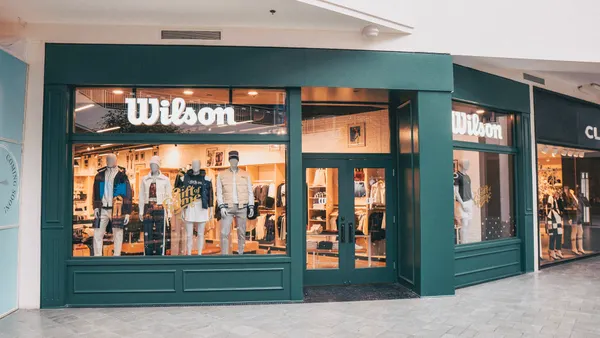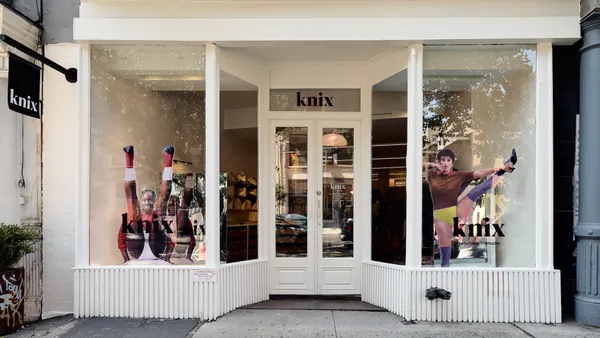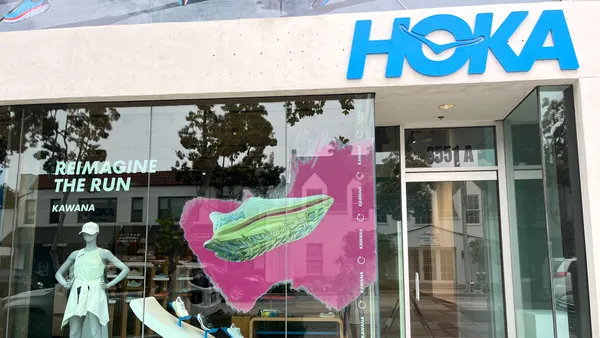Dive Brief:
-
Amazon on Tuesday said it recorded its "biggest holiday season." More than four million people started Prime free trials or began paid memberships in one week over the holiday shopping weeks, and the company's voice assistant was more prominent than ever: Customers wished Alexa "Merry Christmas," "Happy holidays" and "Happy Hanukkah" 3.5 time more this year than last, according to a company press release.
-
It was a big period for devices, with "millions" more purchased over last year’s holiday season, Amazon also said. The Echo Dot was the best-selling among the company’s devices. The company also sold twice as many Amazon Fire TV Sticks as last year, and nearly two and a half times the number of Fire kids edition tablets.
-
Mobile shopping helped push Amazon sales: Customers shopping on the Amazon App increased nearly 70%, and more than 1,400 electronics products were ordered per second on a mobile device this holiday season, the company said. The top three items ordered via mobile were the Echo Dot, Fire TV Stick with Alexa Voice Remote and the TP-Link Smart Plug, according to Amazon.
Dive Insight:
Amazon kept its numbers fairly general, but the report gives a glimpse into device use and sales, as well as Prime membership. The company's much-touted Alexa was used much more this holiday season for a variety of tasks. Music, for example, was streamed using the smart assistant four times more than last year and cooking advice was sought more than nine times over last year.
Despite the perks, it’s not clear how many of Amazon’s millions of new Prime members will stick around. The size of the program’s membership base has become the topic of some debate, with Moody’s Investors Service analysts this summer expressing skepticism of data-fueled guesses like that from Consumer Intelligence Research Partners, which in October pegged it at 90 million in the U.S. Those customers are spending, on average, some $1,300 each year, compared to about $700 for non-member customers, according to CIRP. But Moody's calls that speculation "seriously overstated," "highly improbable" and made "in the absence of any real guidance from the company itself."
Whatever its size, Prime is widely seen as providing a sticky customer base to Amazon. But research from SmarterHQ demonstrates that it’s also sticking Amazon with free two-day shipping on millions of items with no minimum order. That means the e-commerce giant is grappling with massive fulfillment expenses, which are growing faster than its revenue. So far the company has focused on making moves to optimize those operations rather than cutting back its benefit.
Ahead of the holidays, Amazon expanded Prime delivery to allow customers in 8,000 cities to order right up until the last minute of Christmas Eve — and it seems to have made good on that promise. The last same-day Prime Now order in time for Christmas, which brought toys, art supplies and other gifts, was delivered within 58 minutes, at 11:58 p.m. on Christmas Eve in Baltimore, MD, the company said.
But all that fulfillment and speedy shipping has Amazon scrambling to puzzle out the ideal last-mile delivery scenario, so far with limited success, according to retail analyst Nick Egelanian, president of retail development consultants SiteWorks International, who suggested that it's not actually all that new a problem in retail.
"Even if e-commerce gets much bigger, Amazon has not proven that it can make money at it with the high cost of shipping," he said. "They will spend about $20 billion this year on shipping. With that burden, Amazon is desperately trying to reduce shipping cost by adding delivery lockers at other retail outlets like 7-11 and Safeway and raising prices wherever it can."
This story is part of our ongoing coverage of the 2017 holiday shopping season. You can browse our holiday page and sign up for our holiday newsletter for more stories.












